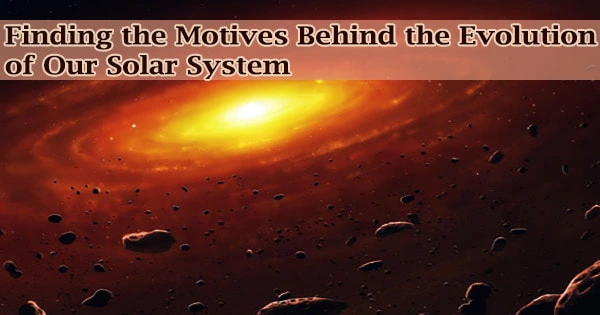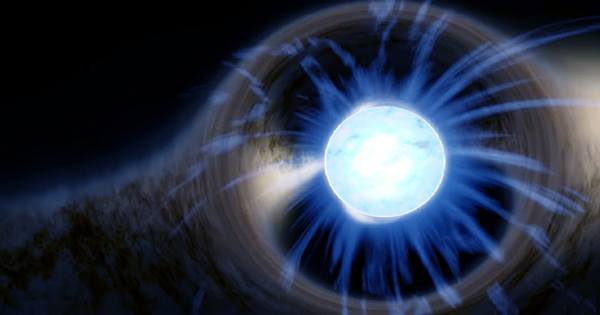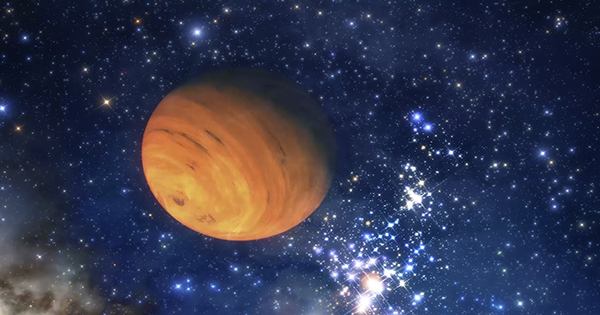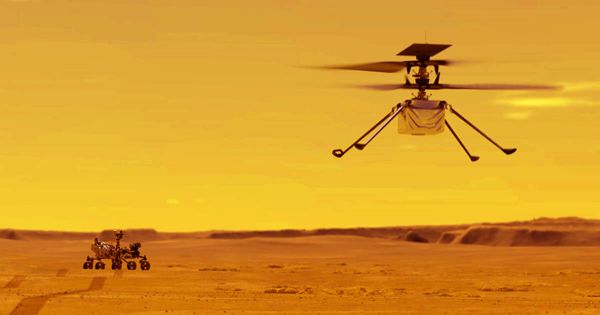The building components that made up Earth and the other planets that circle our Sun are still present in meteorites. A long-running argument regarding the geochemical development of our Solar System and our home planet has been resolved by recent research of their isotopic makeup led by Carnegie’s Nicole Nie and published in Science Advances.
Stars are initially encircled by a spinning disk of gas and dust. These substances combine over time to create larger bodies, such as planets. The fragments of some of these objects that are split up as a result of space collisions occasionally enter the atmosphere of Earth as meteorites.
Researchers like Nie and Anat Shahar of Carnegie can learn more about the circumstances these components were exposed to during the Solar System’s turbulent early years by examining the chemistry and mineralogy of a meteorite.
Why so-called moderately volatile elements are less abundant on Earth and in meteorite samples than the average Solar System, as reflected by the Sun’s composition, is particularly intriguing. They got their name because they rapidly evaporate due to their low boiling temperatures.
The evaporation of volatiles from meteorites is thought to have occurred as a result of phases of heating and cooling. Nie and her team demonstrated that the cause of the missing volatiles is an altogether distinct occurrence.
A kind of meteorites known as carbonaceous chondrites, which contain crystalline droplets known as chondrules and were once a part of the initial disk of materials around the newborn Sun, were studied in order to solve the enigma.
The revelation that shockwaves modified the material from which the planets were born has major implications for Earth science as well. Once a planet gets as big as ours, its gravity is sufficient that losing most volatile elements becomes very difficult. Knowing that moderately volatile elements were stripped from the planetary building blocks themselves answers fundamental questions about Earth’s geochemical evolution.
Richard Carlson
These beads are a great laboratory for studying the geochemical evolution of the Solar System because of their ancient origins.
“Understanding the conditions under which these volatile elements are stripped from the chondrules can help us work backward to learn the conditions they were exposed to in the Solar System’s youth and all the years since,” Nie explained.
She set out to investigate the isotopic variability of potassium and rubidium, two moderately volatile elements, along with her co-authors. In addition to Xin-Yang Chen and Fang-Zhen Teng from the University of Washington Seattle, the study team also comprised Nicolas Dauphas, Justin Y. Hu, Zhe J. Zhang, and Nicolas Dauphas from The University of Chicago, where Nie was a PhD student before joining Carnegie.
Each element has a specific amount of protons, but the neutron counts of its isotopes vary. In other words, each isotope has a slightly different mass than the others.
Because of this, chemical reactions can distinguish between isotopes, which has an impact on how much of that isotope is present in the reaction’s final products.
“This means that the different kinds of chemical processing that the chondrules experienced will be evident in their isotopic composition, which is something we can probe using precision instruments,” Nie added.
Their efforts allowed the scientists to resolve the controversy around the manner and timing of the chondrules’ volatile loss.
The isotopic evidence presented by Nie and her team suggests that the volatiles were removed as a result of powerful shockwaves that likely caused the dust to melt and form chondrules as they passed through the material encircling the newborn Sun. Larger newborn planets passing through the nebular gas or gravitational instability can both produce these kinds of catastrophes.
“Our findings offer new information about our Solar System’s youth and the events that shaped the geochemistry of the planets, including our own,” Nie concluded.
“The revelation that shockwaves modified the material from which the planets were born has major implications for Earth science as well,” added Carnegie Earth and Planets Laboratory Director Richard Carlson.
“Once a planet gets as big as ours, its gravity is sufficient that losing most volatile elements becomes very difficult. Knowing that moderately volatile elements were stripped from the planetary building blocks themselves answers fundamental questions about Earth’s geochemical evolution.”
NASA, a Carnegie postdoctoral fellowship, and a Carnegie Postdoc × Postdoc seed grant all provided funding for this project.
















